SPELT
Spelt (Trictum spelta) is one of the most ancient forms of wheat, though it bears very little resemblance to the modern varieties we know today. It is a crop with an incredibly long history, grown some 9000 years ago in Mesopotamia and the Middle East, with evidence of its existence in Ancient Greek and Roman texts, and even getting a mention in the books of Exodus and Ezekiel in the Old Testament. Archaeologists have found spelt in many excavations, including in those of Stone Age Britain, so we know that it has a long history in this country.
It is thought to have arisen from a natural cross between emmer wheat (Triticum dicoccum) and wild goat grass (Aegilops tauschii). There are actually two spelt lineages: an Asian spelt (which follows the classic story of wild emmer being pollinated by wild goat grass, and from which modern bread wheat was possibly domesticated) and a European spelt. The European variety dates from about 4000 years ago and was first found around the Swiss lakes, whereas Asian spelt is much older, with samples found in the Levant around 9000 years ago. Having been widely grown, spelt fell out of favour in mediaeval times before being revived in the nineteenth century. In the early twentieth century, spelt again lost popularity when a number of modernising changes happened in agriculture, before disappearing from British soil altogether in favour of other, higher-yielding crops.
The spelt crop bears a strong resemblance to its cousin wheat, growing prolifically and glowing a burnished gold colour as it ripens. It is grown much like winter wheat: sown in the autumn for harvesting the following summer. Whereas modern wheat has been developed to bring it to an easily threshed waist-height, spelt grows about five feet high. It is incredibly tolerant of harsh conditions so can be grown in a range of soils and climates. The grains are ‘covered’ which means that they have a fibrous and indigestible husk which has to be removed before they can be milled. This tough husk protects the delicate kernel within from bad weather and pests, which makes it a great crop for organic farming but is also one of the main reasons for the crop’s loss of popularity. Because of its distinguishing thick husk, spelt requires two harvesting processes: one to remove the husk and a second for milling. This is unlike wheat, which – once threshing machinery was developed – could be harvested in a single process. To store spelt, the husk has to be left on to preserve the freshness of the grain, but since this shell makes up 40% of the harvested weight, it means that spelt is more costly to transport and store than wheat, and that it is therefore also lower-yielding.
So, in the search for higher yields and easier harvesting, spelt fell from favour but, thankfully, it wasn’t completely lost. In the 1980s it was rediscovered in Europe and was reintroduced to the UK at Doves Farm, and it is also the primary crop at Sharpham Park in Somerset, where it has been grown since 2005. Bakers have been using it increasingly as an alternative to wheat and its popularity has continued to rise, with spelt flour now stocked in most large supermarkets.
Not only is spelt interchangeable with wheat flour in most recipes, it also tastes delicious and has a number of reported health benefits. Some reports suggest that spelt contains slightly more protein than modern wheat, is high in both vitamin B and fibre, and using wholemeal spelt also means you produce a low GI loaf, so it doesn’t cause blood sugar to spike. I often have students report that they find spelt easier to digest than conventional wheat so it might be a great option for those with intolerances. That said, I believe that the digestibility is perhaps more to do with the longer slower fermentation process and acidity of sourdough, coupled with the avoidance of many of the ingredients in manufactured bread, rather than it simply being the grain itself. Spelt does still contain gluten so it isn’t suitable for coeliacs.
As a crop form, spelt’s DNA has barely changed over the centuries – unlike wheat, which has been repeatedly and intensively modified to suit our farming methods, resist pesticides, generate higher yields and produce a uniform crop. The jury’s out on whether these apparent health benefits are down to its inherent goodness or to the fact that it is not hybridised or chemically altered (as simple and as enduring as when it was first introduced). Either way, whether people turn to spelt for health reasons, for its flavour, or for variety, one thing I have noticed is that once someone has converted to spelt they tend to be hooked!
Perhaps one of the main reasons I love spelt is that it has a truly elemental flavour: nutty and sweet. Like conventional flours, it comes in white and wholegrain forms. It is important to remember too, that the goodness of spelt is found inside the kernel, so for the nutrients survive the milling process you need to stick to stoneground spelt. Most of the time the flour can be used directly in place of your usual wholewheat in recipes, although you may need adjust the hydration as it attracts and absorbs water easily but because of the gluten structure, it can quickly become porridge-like if you over hydrate it.
Most importantly of all, spelt flour makes the most delicious sourdough breads. They are delicious, with a golden crust, and a moist dense, closer texture than conventional wheat breads. It is important to realise that spelt has a more delicate gluten structure so you won’t get the big blowsy rises you get from higher protein modern wheat. Wholemeal Spelt sourdough breads also have shorter proving time, ripening and developing more quickly, due in main the extra nutrients available to the yeasts that boost their activity. To adapt a bread recipe for spelt flour, just trim down the proving time a little, keep a close eye on it and bake as normal. You may find it helps to add a little water to the dough after the initial autolyse with the salt. That is the best point to judge if it needs more water, especially because not all spelt have the same extraction levels, so some brands will hydrate more then others. In sourdoughs, spelt works beautifully with the tanginess of the wild yeasts and marries perfectly with spelt’s natural sweetness. Occasionally I add a tablespoon of honey to enhance spelt’s earthy flavours. A few seeds kneaded into and sprinkled over the dough will also transform your loaf, as the tastiness of seeds is a perfect match for the spelt’s innate nuttiness.
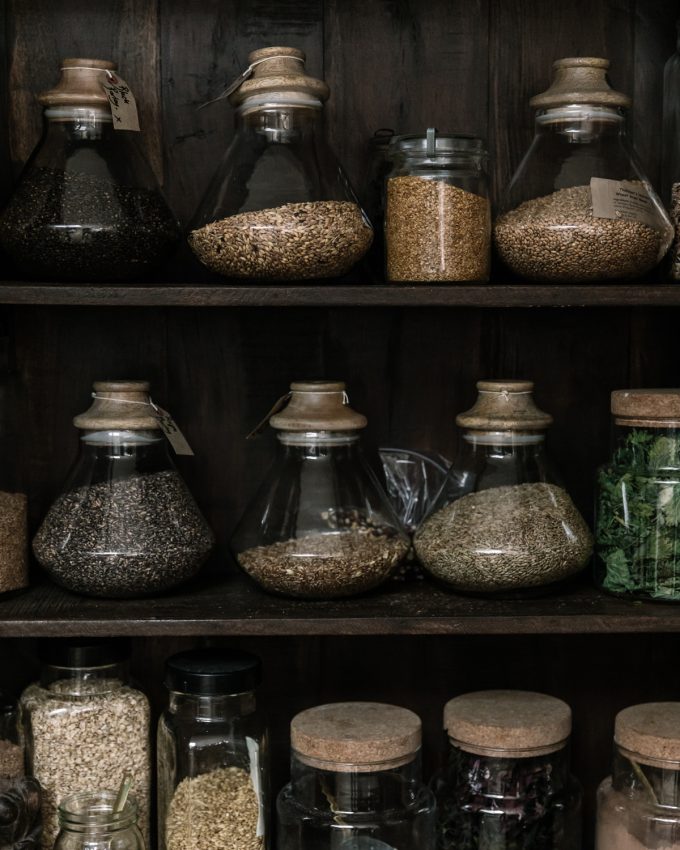
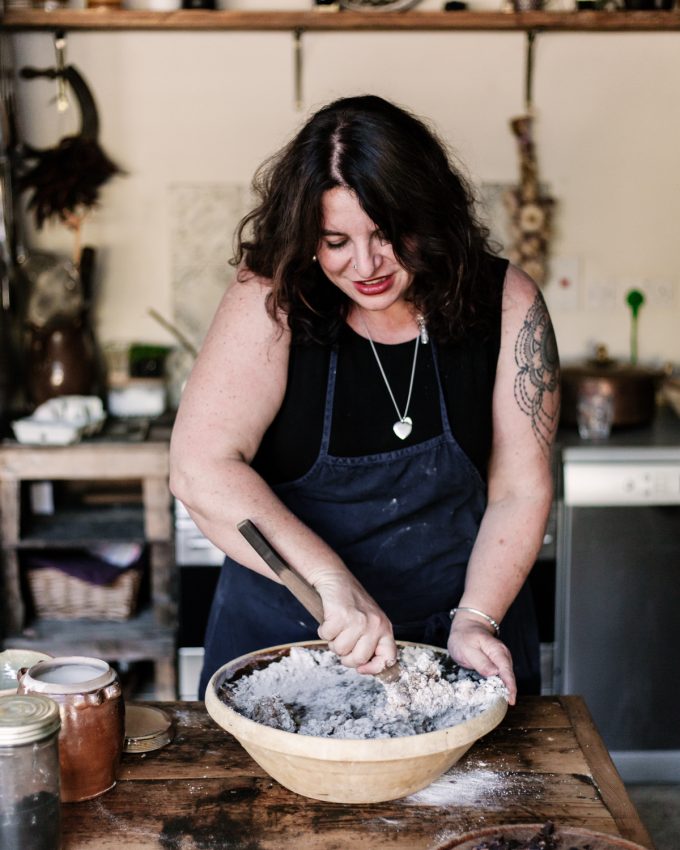
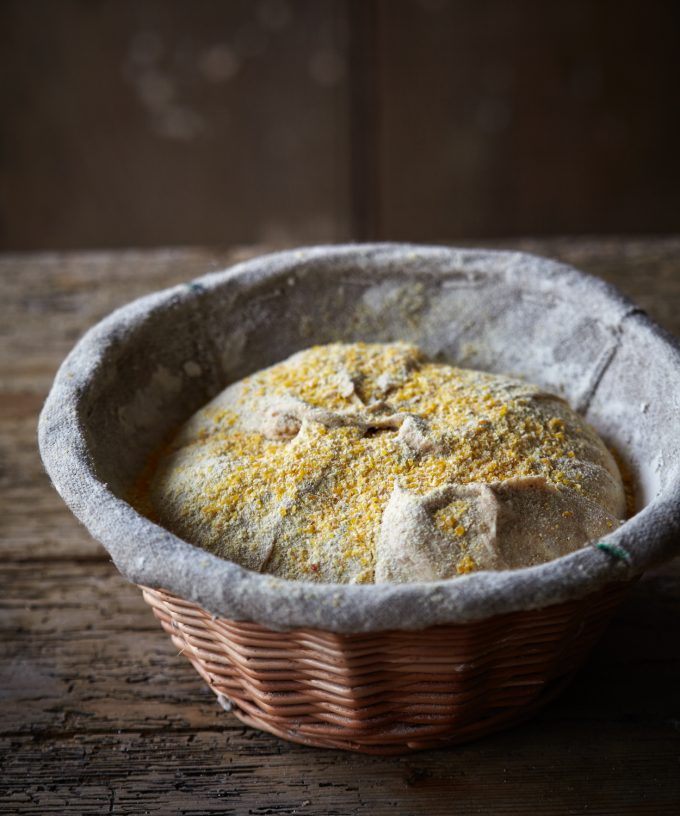
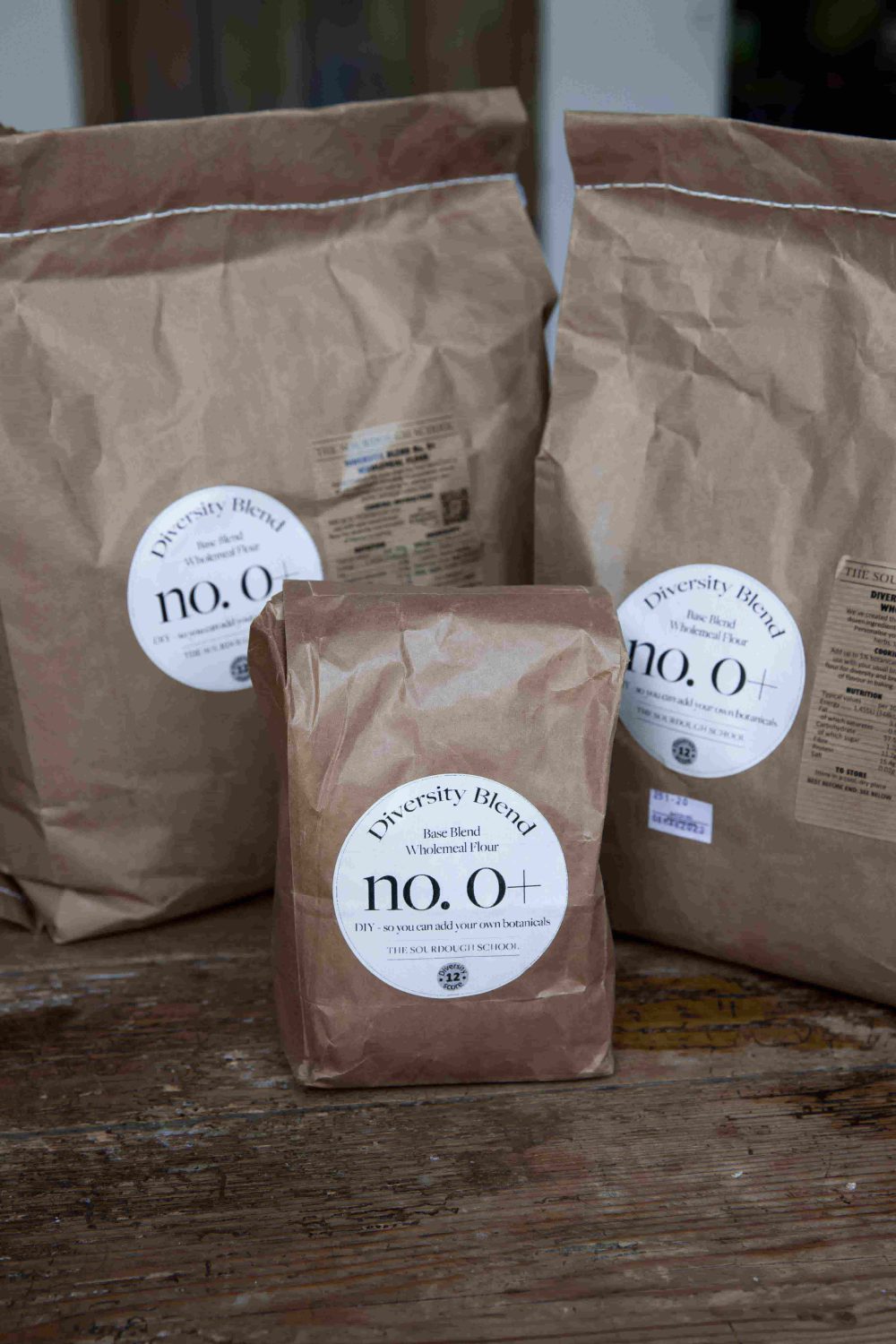
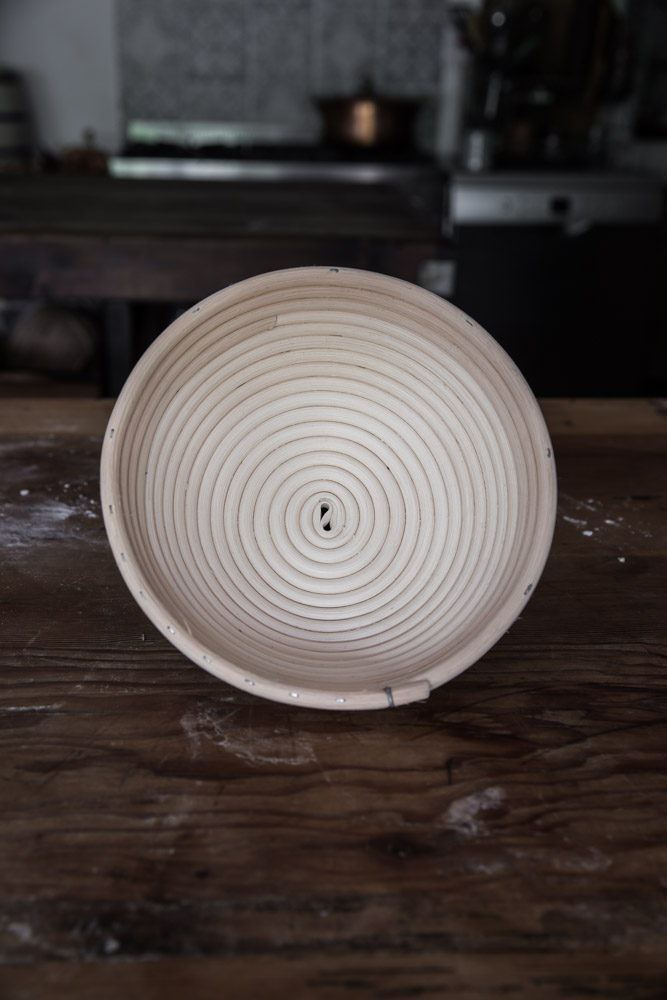

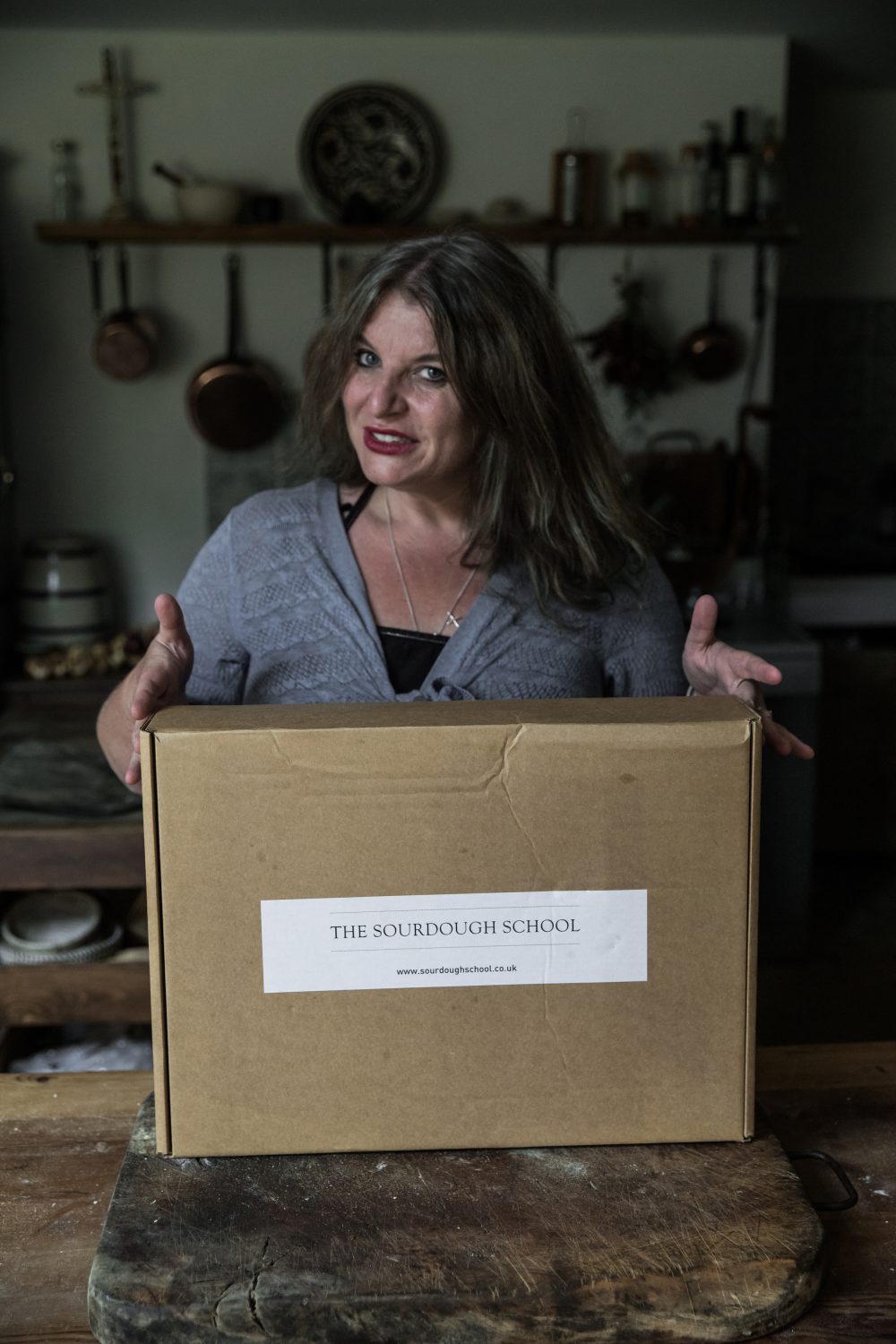
 A close look at my sourdough starter
A close look at my sourdough starter